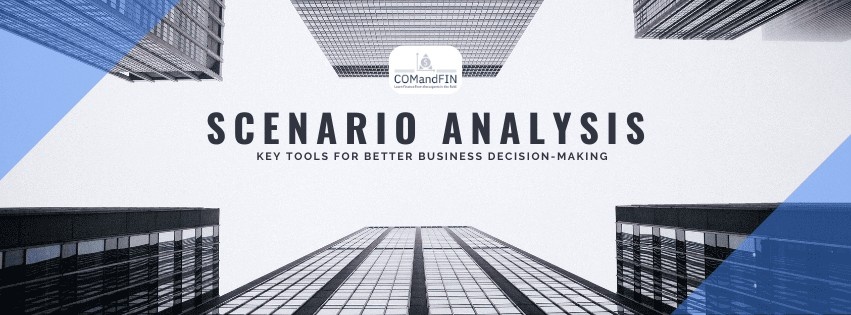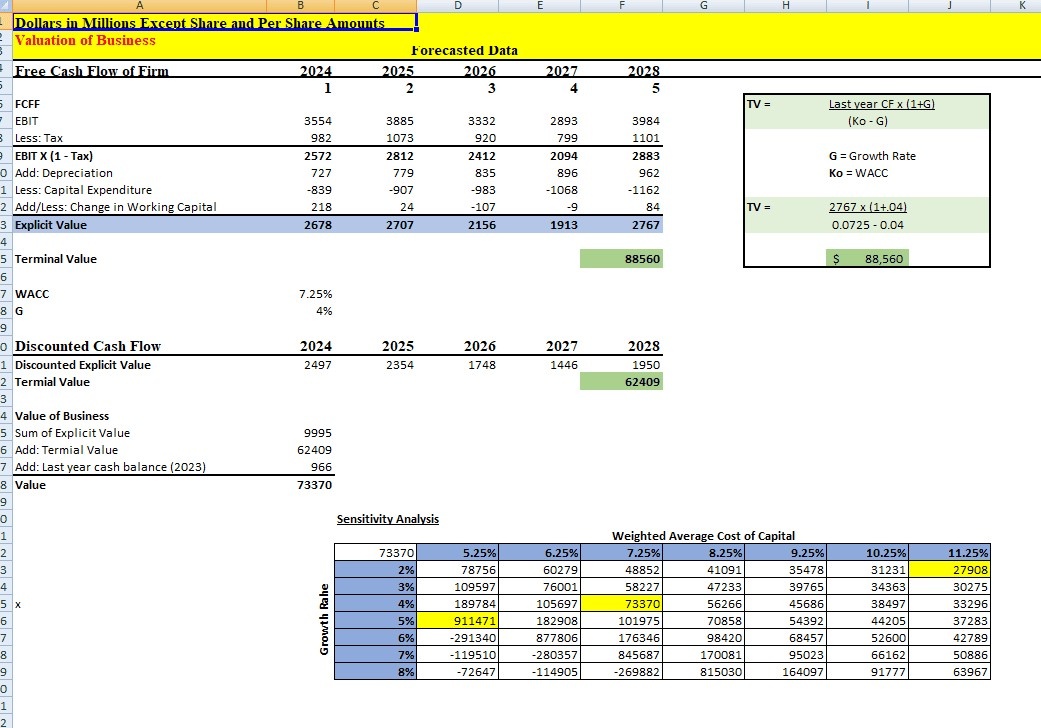
What is Scenario Analysis?
Scenario analysis involves evaluating a set of possible future events or outcomes based on different assumptions about key variables. It’s often used in financial modeling, risk management, and strategic planning to understand the range of potential impacts that different scenarios might have on a company’s financial health or business strategy.
Key Features of Scenario Analysis:
- Multiple Scenarios: Scenario analysis typically involves considering a few distinct scenarios—usually, a best-case, worst-case, and base-case scenario. These scenarios are based on changes in variables like economic conditions, market demand, or regulatory environment.
- What-if Analysis: It’s a “what if” tool that helps businesses visualize how different external factors (such as a change in interest rates, commodity prices, or market competition) could impact business performance.
- Strategic Planning: By assessing various outcomes, companies can prepare for uncertain events, allowing them to make informed decisions and mitigate risks.
Example of Scenario Analysis:
Imagine a company launching a new product. It could run three scenarios based on different sales growth assumptions:
- Best-Case Scenario: Sales grow rapidly, and the company achieves high market penetration, resulting in substantial revenue and profit.
- Base-Case Scenario: Sales grow at a moderate rate, aligning with market expectations, resulting in stable profits.
- Worst-Case Scenario: Sales underperform due to market saturation, low demand, or competition, leading to minimal profits or losses.
By evaluating these scenarios, the company can gauge the potential risks and rewards, and develop strategies to navigate different market conditions.

How to Use Scenario in Business Decision-Making
Scenario Analysis for Strategic Planning:
- Risk Management: Scenario analysis helps businesses prepare for external shocks or changes in market conditions. For example, a company can model how different regulatory environments or economic downturns might impact its profitability.
- Long-Term Planning: It helps executives and planners explore long-term implications by considering best-case, base-case, and worst-case scenarios, ensuring that the business is resilient to potential changes in the market.
- Scenario Planning Tools: Many financial models incorporate scenario analysis to simulate the impact of different assumptions, such as the launch of a new product, changes in consumer preferences, or shifts in supply chain dynamics.
Conclusion
Scenario and sensitivity analysis are invaluable tools in today’s fast-paced and unpredictable business environment. While scenario analysis helps companies explore various future outcomes based on different assumptions, sensitivity analysis offers insights into how individual variables influence outcomes. By using these methods together, businesses can make more data-driven, risk-aware decisions, ensuring they are prepared for any eventuality.
Whether you're planning for a new investment, developing a long-term business strategy, or analyzing the potential risks of a major project, scenario and sensitivity analysis can provide the clarity and confidence needed to navigate uncertainty successfully.
#ScenarioAnalysis #SensitivityAnalysis #BusinessDecisions #RiskManagement #FinancialModeling #StrategicPlanning #BusinessGrowth


Scenario vs. Sensitivity Analysis: Key Differences
While both scenario and sensitivity analysis help businesses anticipate risks and plan for uncertainty, they differ in their approach: